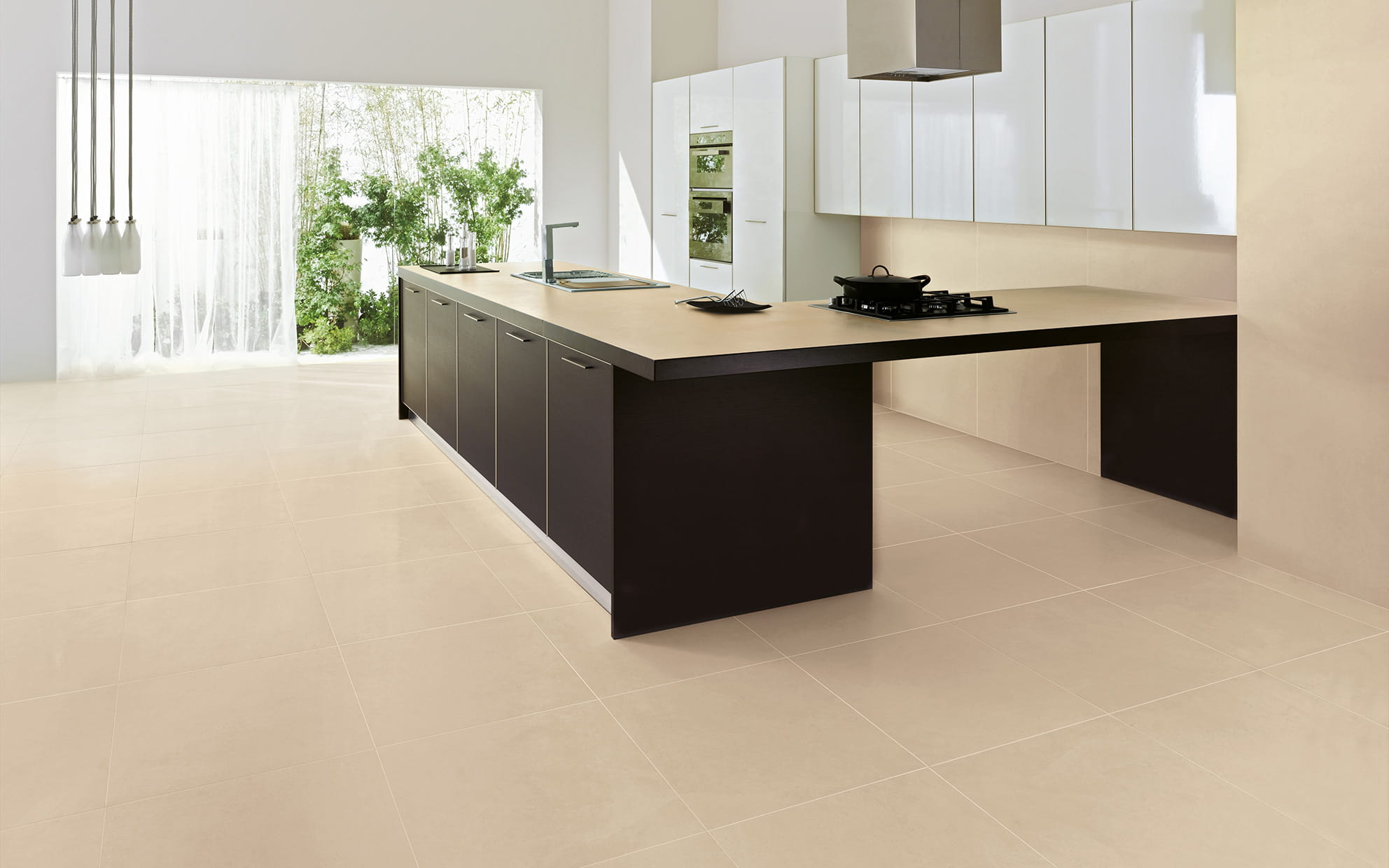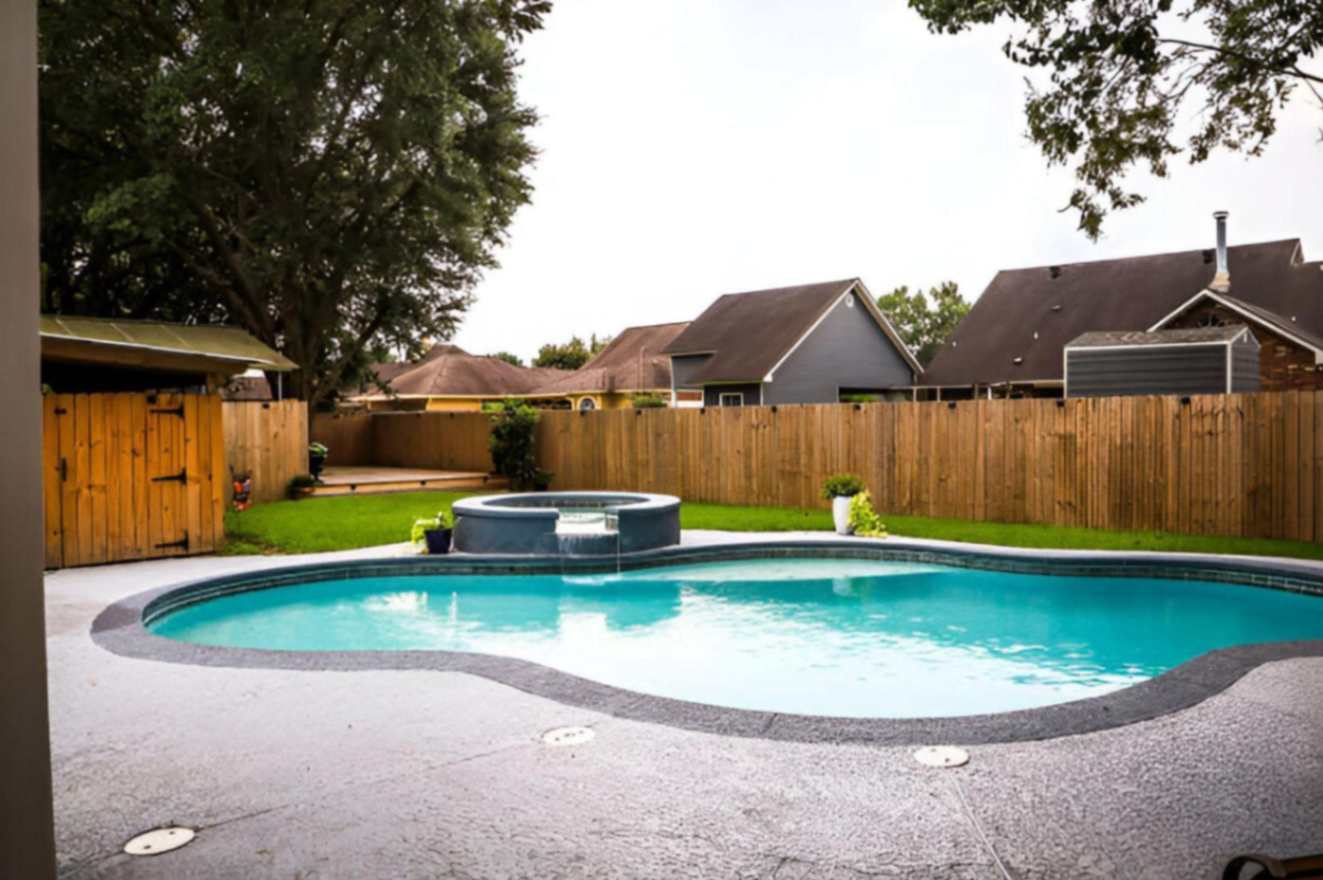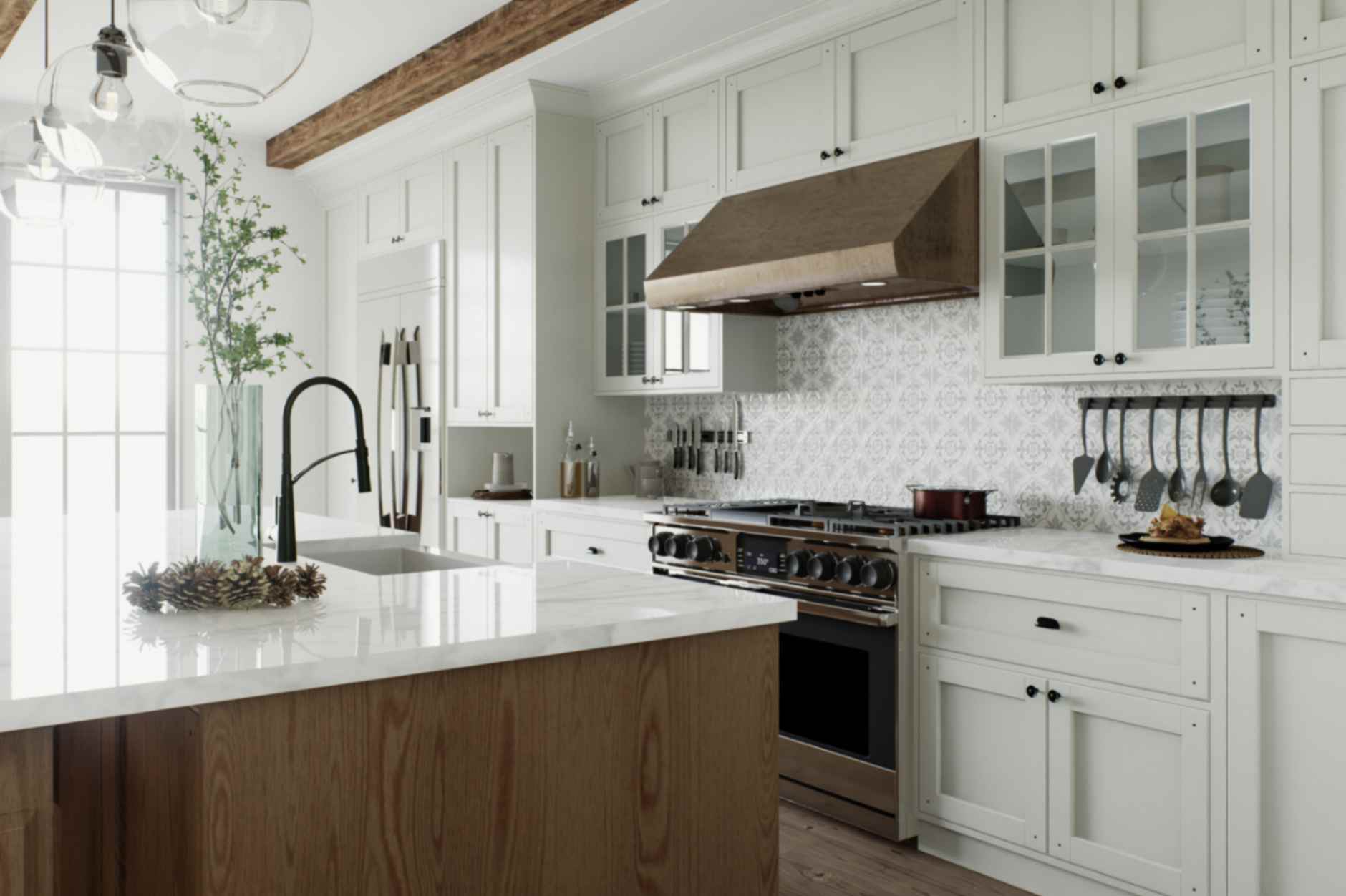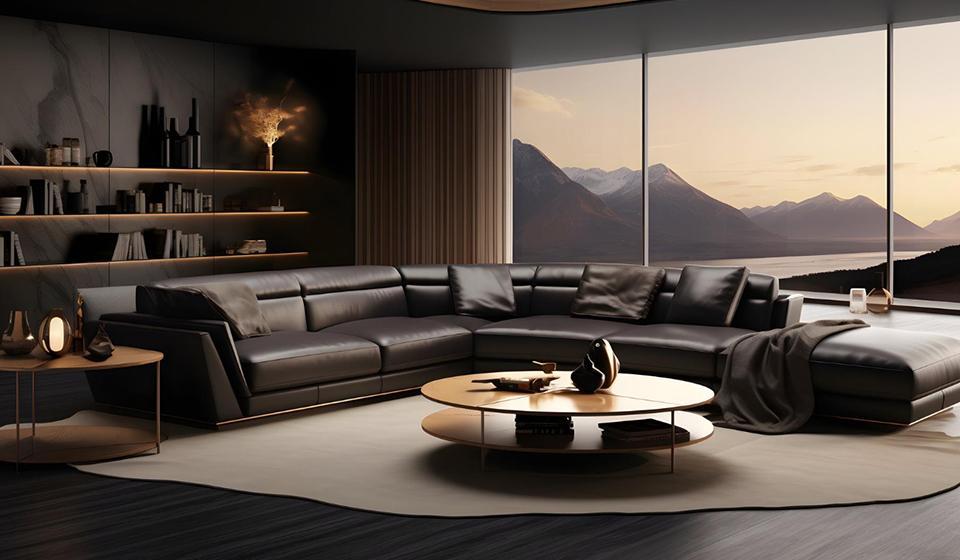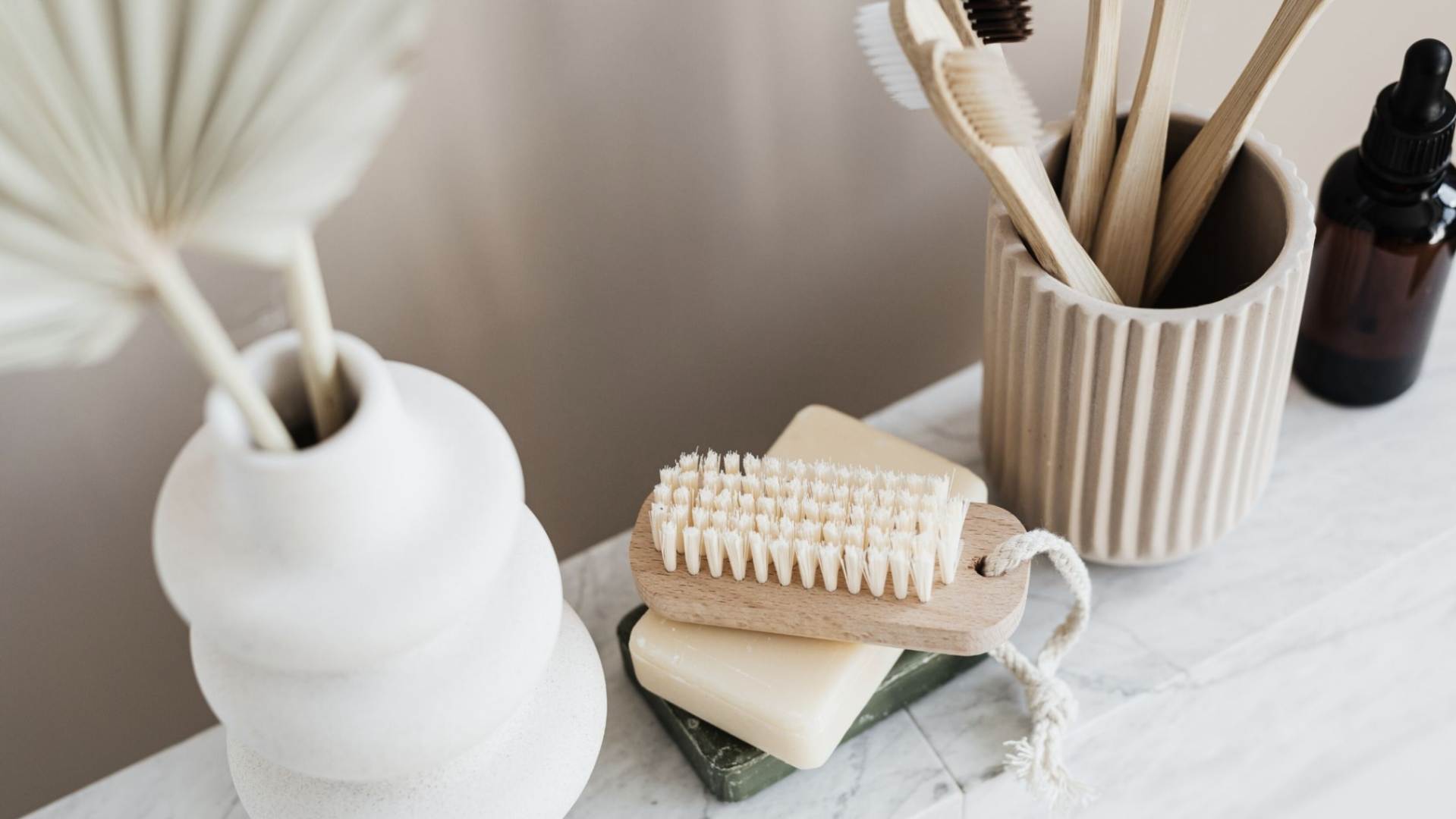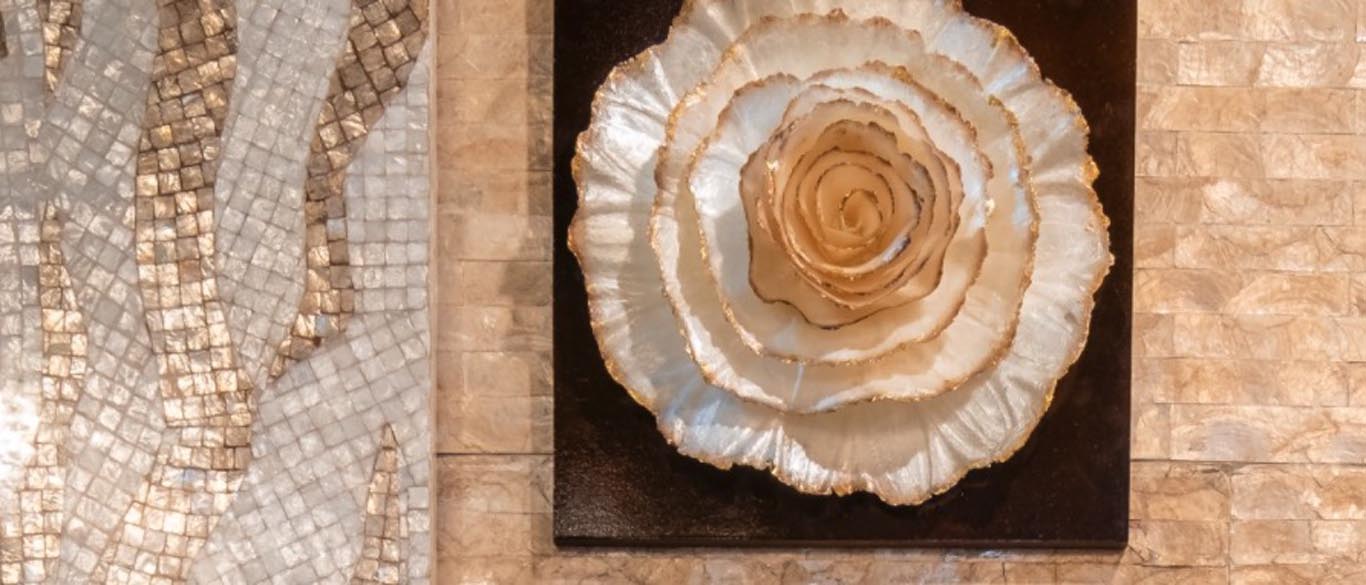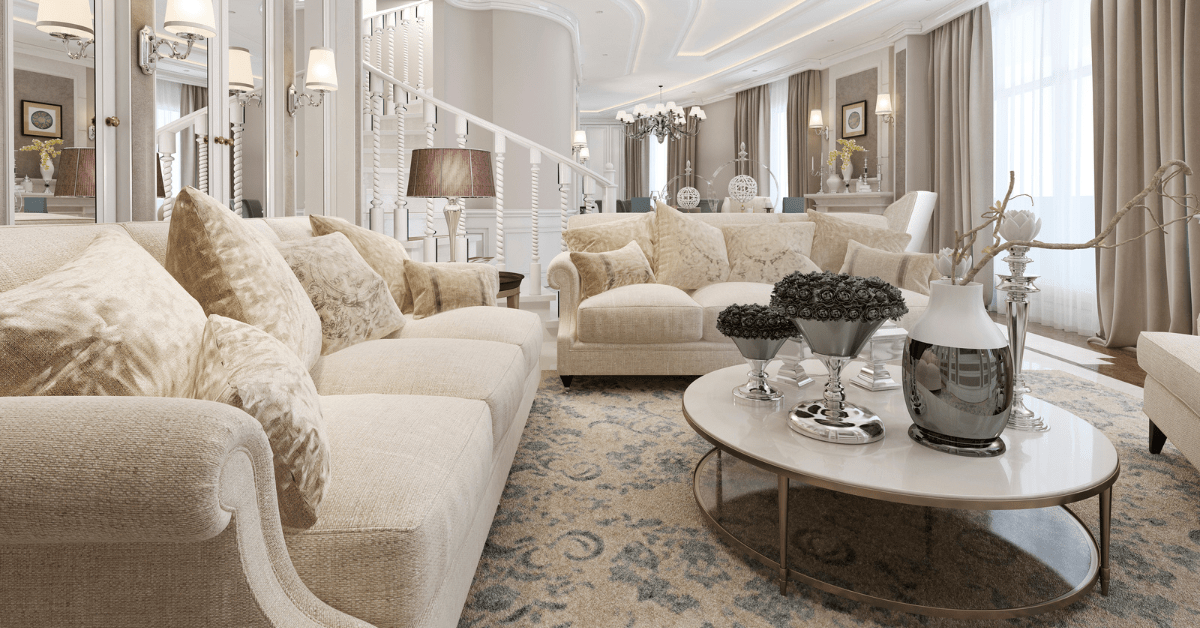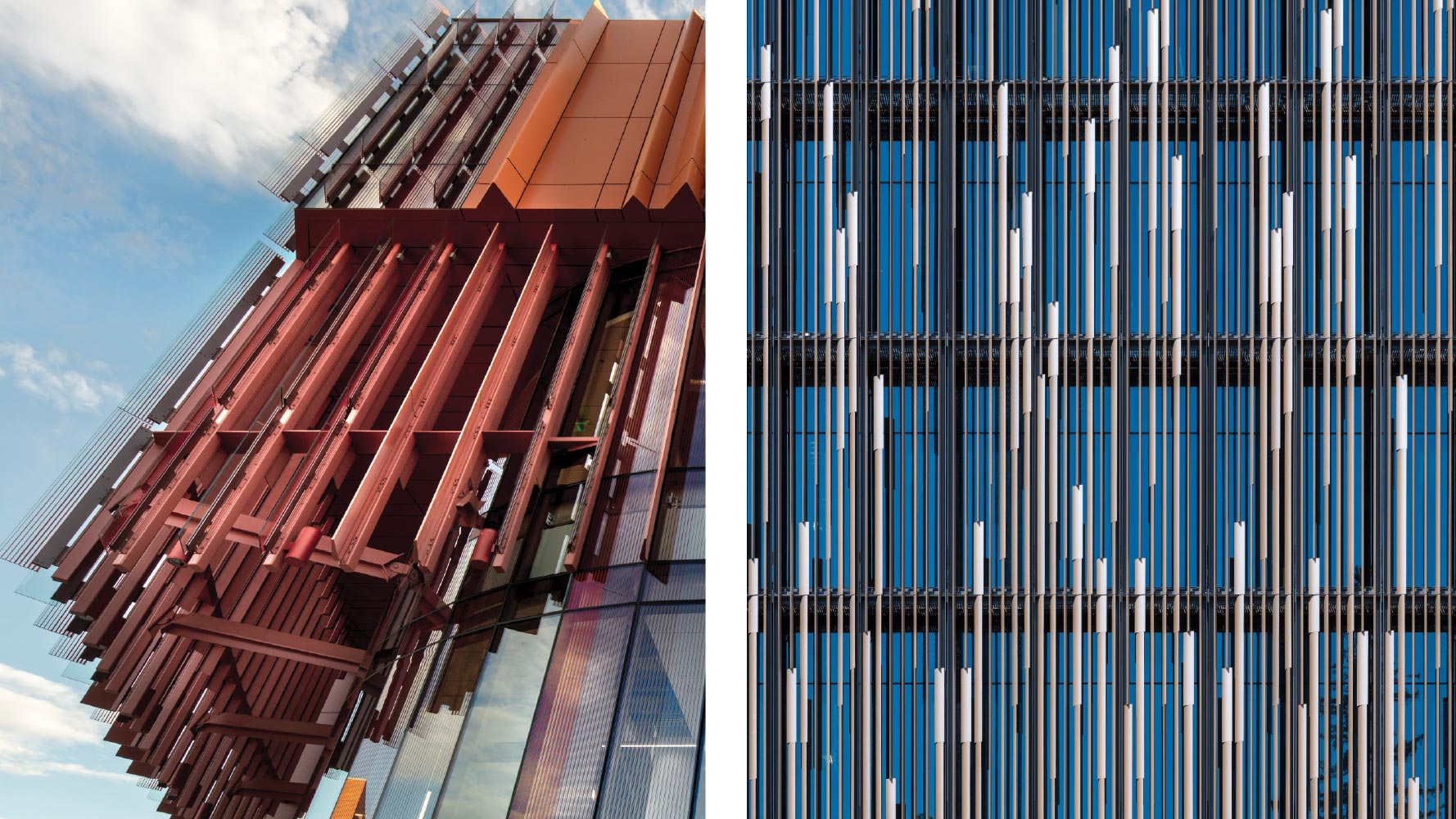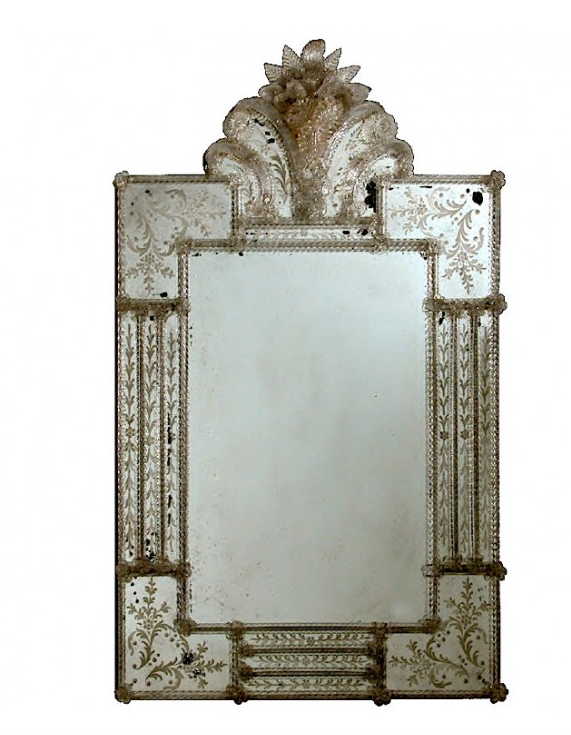Anchors Away or Beachy Vibes? Nautical and Coastal Decor Styles Compared
When it comes to ocean-inspired interior design, nautical and coastal styles are two of the most popular options. While these seaside aesthetics share some similarities, they each have their own distinct look and feel. If you’re considering bringing a touch of the shore to your home decor, it’s important to understand the key differences between […] You're reading Anchors Away or Beachy Vibes? Nautical and Coastal Decor Styles Compared, originally posted on Decoist. If you enjoyed this post, be sure to follow Decoist on Twitter, Facebook and Pinterest.
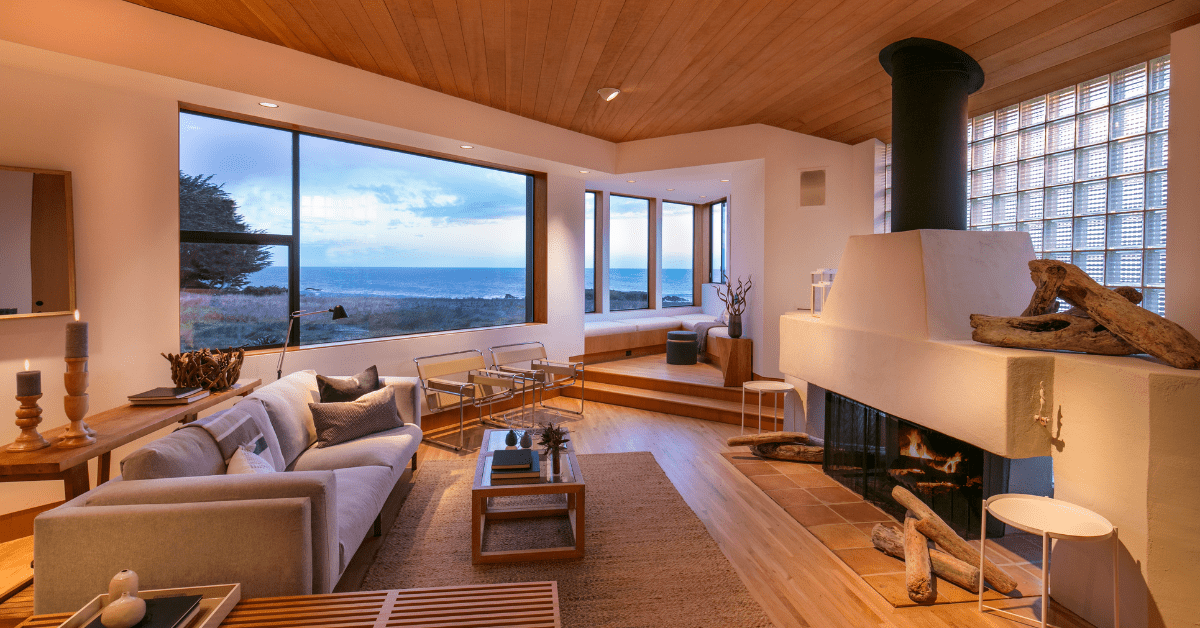
When it comes to ocean-inspired interior design, nautical and coastal styles are two of the most popular options. While these seaside aesthetics share some similarities, they each have their own distinct look and feel. If you’re considering bringing a touch of the shore to your home decor, it’s important to understand the key differences between nautical and coastal styles. Let’s dive in and explore what sets these two beach-inspired design approaches apart.
The Origins and Evolution of Nautical Style
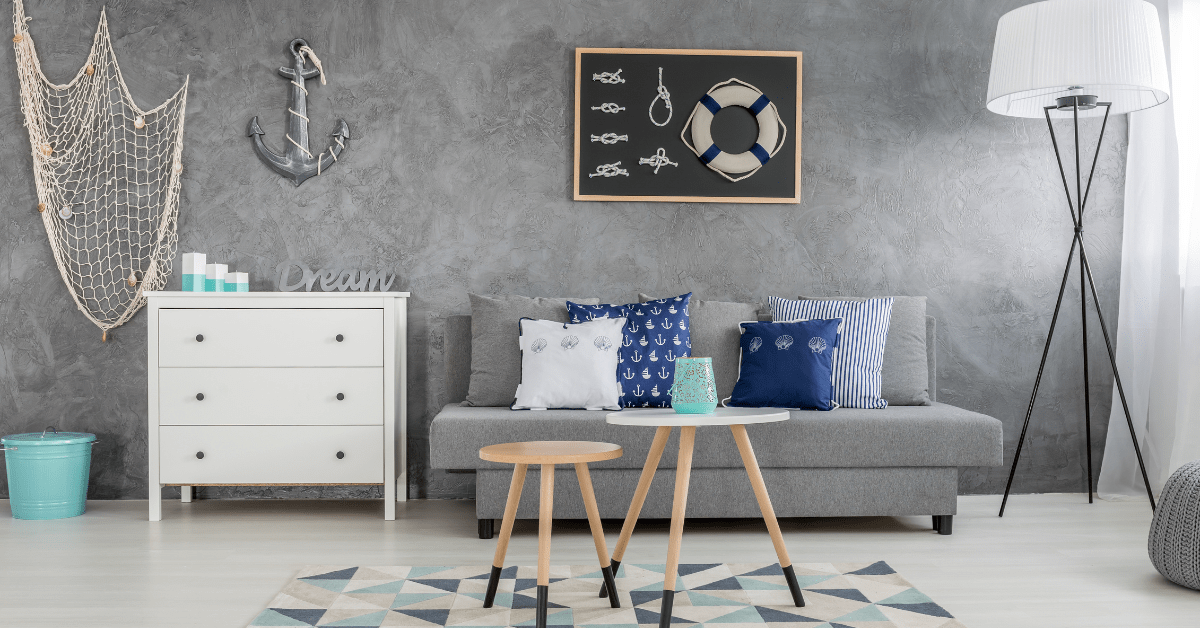
Nautical style has its roots in 19th-century maritime fashion and culture. The aesthetic originated in England during Queen Victoria’s reign when she began dressing her young sons in sailor suits. This sparked a trend that soon spread beyond royal circles. The iconic navy and white striped shirt became synonymous with nautical fashion, popularized by style icons like Audrey Hepburn and Coco Chanel.
As nautical fashion gained widespread appeal, the aesthetic naturally made its way into interior design as well. Homeowners and designers began incorporating sailor-inspired elements to create spaces with a seafaring vibe. The style evolved to encompass all things related to ships, sailing, and life at sea.
Key Elements of Nautical Interior Design
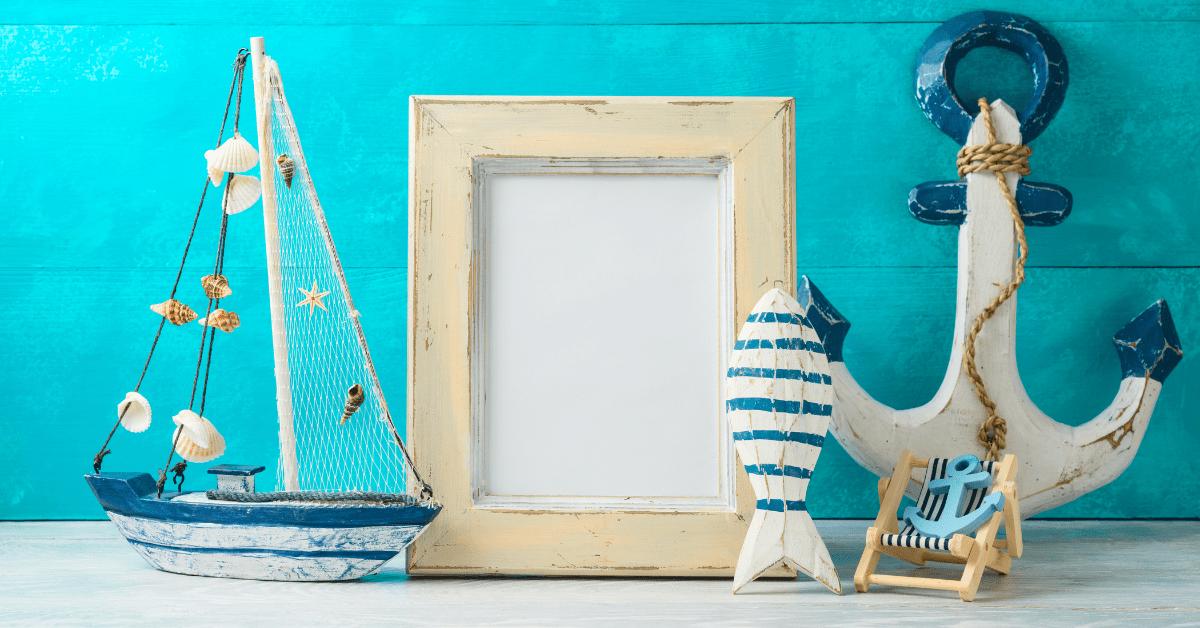
Nautical decor embraces a bold, classic look inspired by ships and sailors. Some defining characteristics include:
- Color palette: Navy blue and crisp white form the foundation, often accented with pops of red.
- Materials: Rope, weathered wood, and metal details are common.
- Patterns: Stripes are a must, along with other geometric prints.
- Decor: Anchors, ship wheels, nautical flags, and maps are popular motifs.
- Furniture: Sturdy wooden pieces with a rustic or industrial feel.
The overall effect is reminiscent of being aboard an old sailing vessel. The nautical style tends to have a more masculine energy compared to its coastal counterpart.
Coastal Style: Bringing the Beach Indoors

While nautical style draws direct inspiration from sailing culture, coastal design takes a more relaxed approach to seaside living. The goal of coastal decor is to evoke the laid-back feeling of being at the beach. It’s less literal in its interpretation of ocean themes.
Coastal style aims to create bright, airy spaces that feel fresh and inviting. The aesthetic varies somewhat depending on the specific coastal region being channeled. A Mediterranean coastal look will differ from a tropical beach vibe or New England shore style. However, there are some common threads that run through most coastal interiors.
Hallmarks of Coastal Interior Design
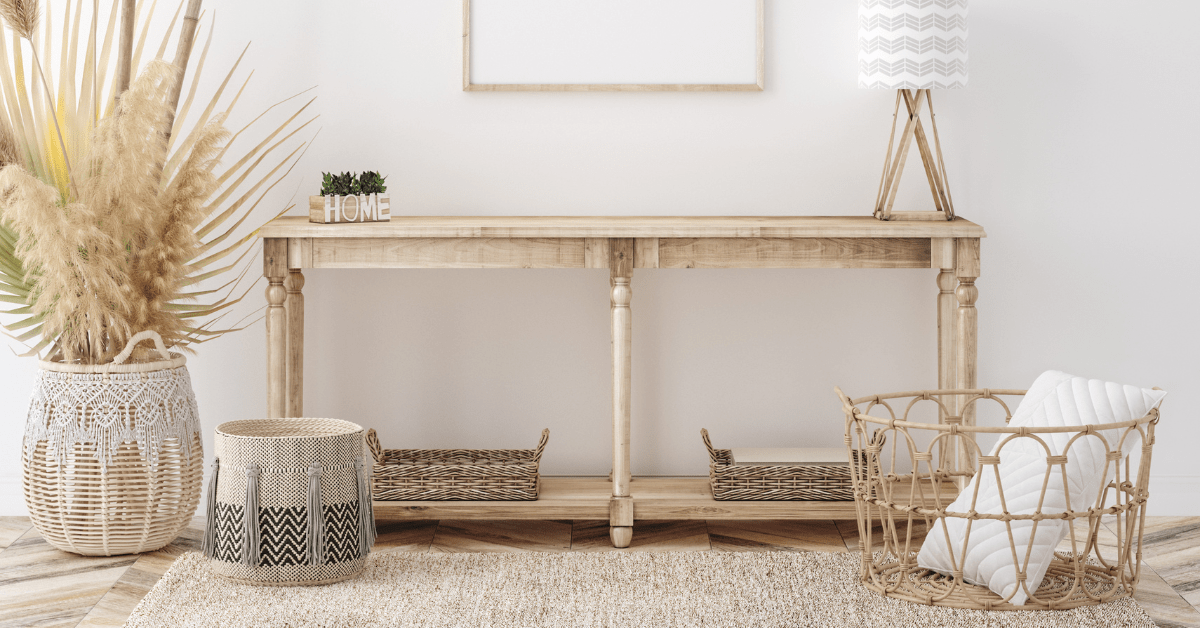
To achieve an authentic coastal feel, focus on these key elements:
- Color palette: Light, neutral tones paired with various shades of blue. Lots of white to keep things bright.
- Materials: Natural textures like jute, rattan, and light woods. Breezy fabrics such as linen and cotton.
- Patterns: Subtle stripes, florals, and organic prints inspired by nature.
- Decor: Seashells, driftwood, coral, and other beach finds as accents. Coastal artwork and photography.
- Furniture: Casual, comfortable pieces in light finishes. Slip-covered sofas are popular.
The overall effect should be relaxed, serene and reminiscent of a beach vacation. Coastal style tends to feel more feminine and romantic compared to nautical decor.
Nautical vs Coastal: Key Differences in Aesthetics
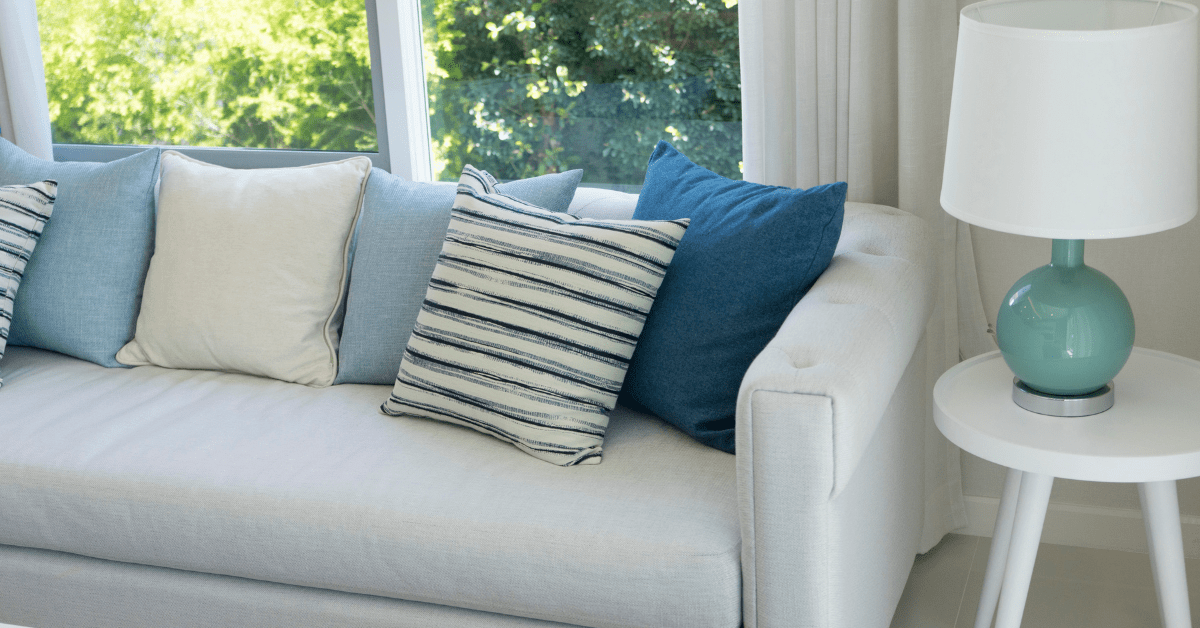
While both styles draw inspiration from the sea, nautical and coastal decor have distinct looks. Here are some of the main differences to keep in mind:
- Nautical style embraces bold contrast, while coastal opts for softer, more subtle color palettes.
- Nautical decor incorporates more literal maritime motifs, while coastal takes a more abstract approach.
- Nautical spaces often have an industrial or rustic edge, while coastal rooms feel light and breezy.
- Nautical style leans masculine, while coastal tends to be more feminine in energy.
- Nautical evokes being on a ship, while coastal captures the feeling of relaxing at the beach.
Understanding these key distinctions can help you decide which aesthetic best fits your personal taste and home’s vibe.
Choosing Colors for Nautical and Coastal Spaces
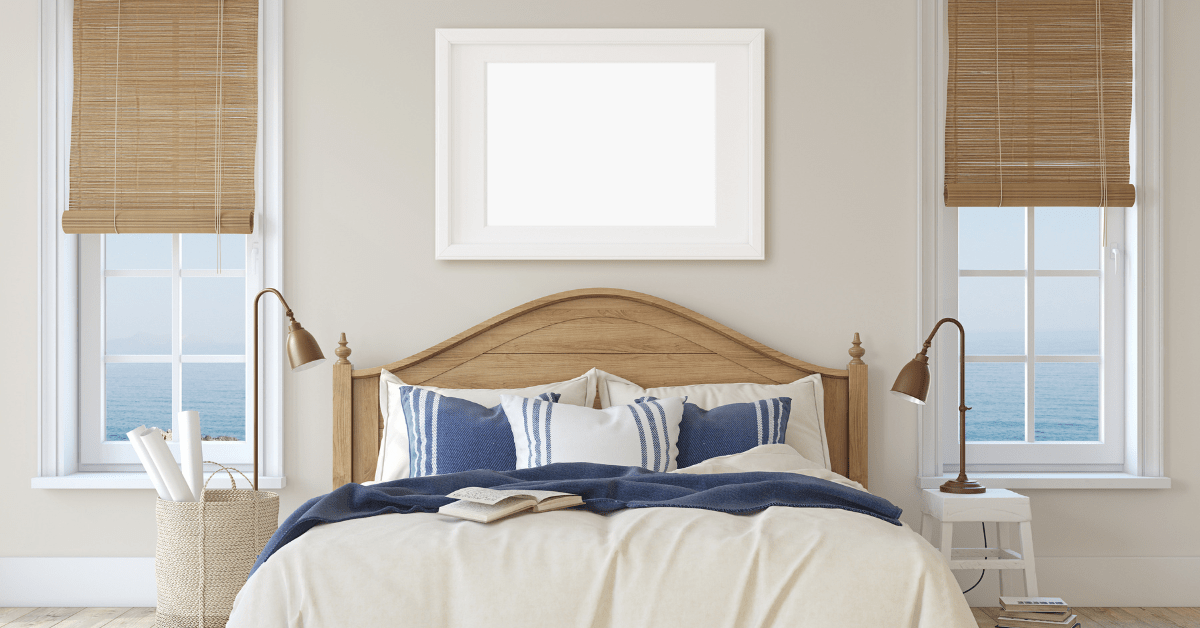
Color plays a crucial role in setting the tone for both nautical and coastal interiors. While there is some overlap, each style has its own signature palette.
Nautical Color Schemes:
- Navy blue and white as the foundation
- Pops of bright red as an accent
- Touches of yellow or gold
- Weathered wood tones
Coastal Color Schemes:
- Soft whites and creams as a base
- Various shades of blue, from pale aqua to deep navy
- Sandy beiges and tans
- Subtle greens inspired by sea glass
- Coral or blush pink accents
When selecting paint colors and fabrics, consider the overall mood you want to create. Nautical palettes tend to be higher contrast, while coastal schemes are more tonal and soothing.
Furniture Styles for Nautical and Coastal Rooms
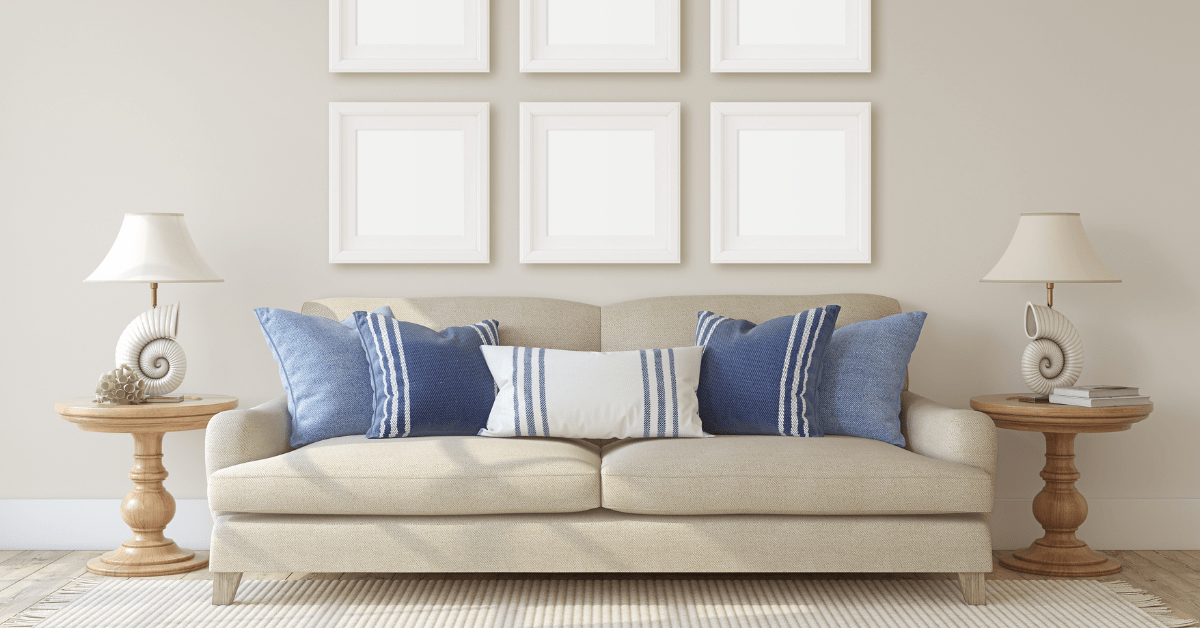
The furniture you choose plays a big role in bringing nautical or coastal style to life. Here are some guidelines for each aesthetic:
Nautical Furniture:
- Sturdy wood pieces with a rustic or industrial feel
- Leather club chairs
- Metal accents like rivets or brass details
- Built-in benches and storage reminiscent of ship cabins
Coastal Furniture:
- Casual, comfortable seating like slipcovered sofas
- Painted wood pieces in white or pastel hues
- Rattan chairs and ottomans
- Distressed finishes for a relaxed beachy vibe
Mix and match furniture styles to create an eclectic collected-over-time look. Just be sure to maintain a cohesive color palette.
Accessorizing Nautical and Coastal Spaces
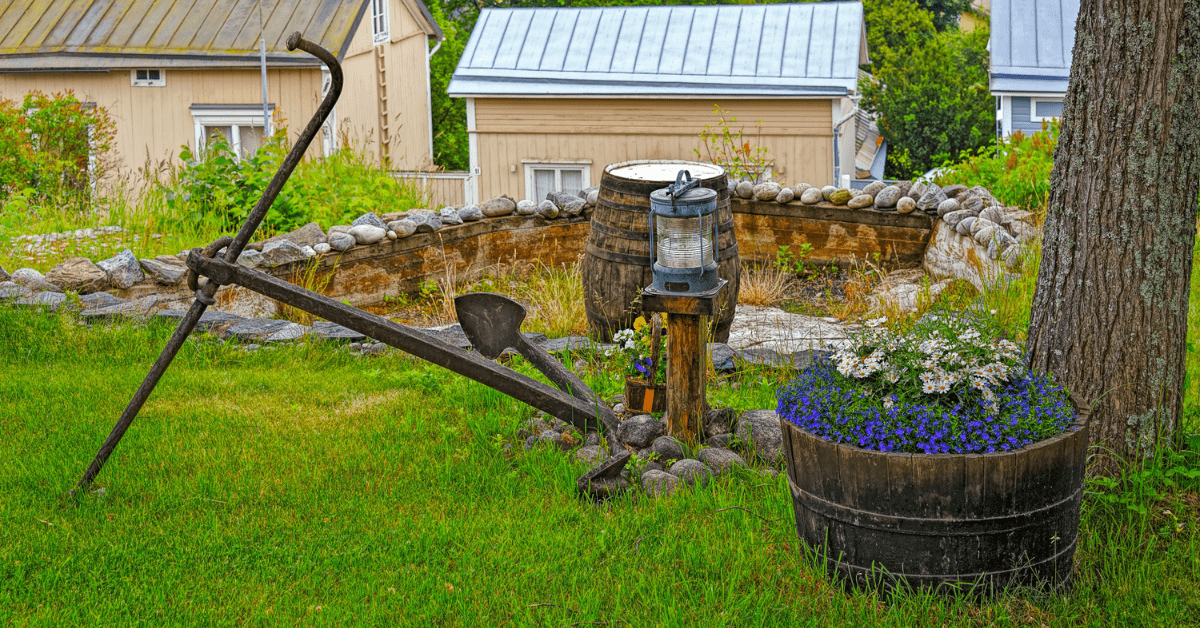
The finishing touches and decor accents are where you can really drive home the nautical or coastal theme. Here are some classic accessories for each style:
Nautical Decor:
- Ship wheels and anchors
- Nautical flags and maps
- Vintage diving helmets
- Ship in a bottle displays
- Brass or copper accents
Coastal Decor:
- Seashells and starfish
- Coral sculptures
- Driftwood art
- Beach landscape paintings
- Glass floats and bottles
Remember that a little goes a long way – you don’t want to overdo the themed decor. Incorporate just a few key pieces for a subtle nod to the nautical or coastal aesthetic.
Bringing Nautical or Coastal Style to Life in Your Home
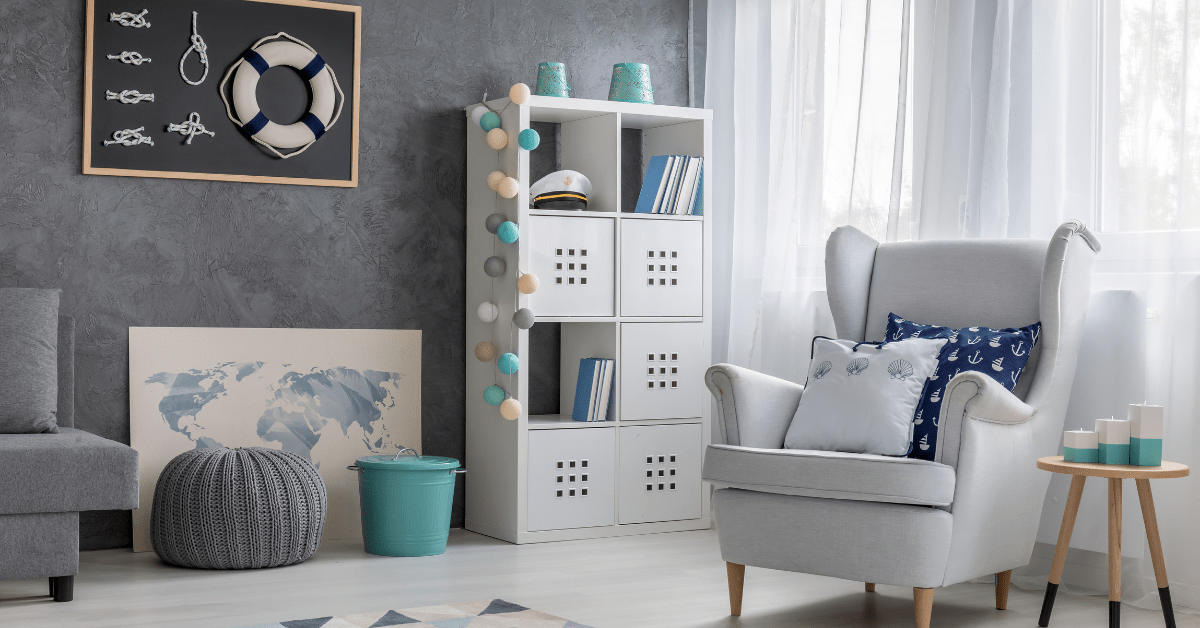
Whether you prefer the bold maritime look of nautical decor or the soft, serene vibe of coastal style, there are endless ways to incorporate these ocean-inspired aesthetics into your home. Focus on colors, textures, and carefully chosen accents to set the right tone.
With nautical style, embrace contrast and industrial elements for a classic seafaring feel. For coastal decor, keep things light, airy, and relaxed to channel carefree beach vibes. Or blend aspects of both for an eclectic take on seaside style.
Related Article: The Cape Cod House Aesthetic: Coastal Living At Its Best
Whichever direction you choose, infusing your space with nautical or coastal flair is sure to create a welcoming retreat that evokes the peace and beauty of the shore. So grab your captain’s hat or your flip-flops and get ready to set sail on your interior design journey!
You're reading Anchors Away or Beachy Vibes? Nautical and Coastal Decor Styles Compared, originally posted on Decoist. If you enjoyed this post, be sure to follow Decoist on Twitter, Facebook and Pinterest.

